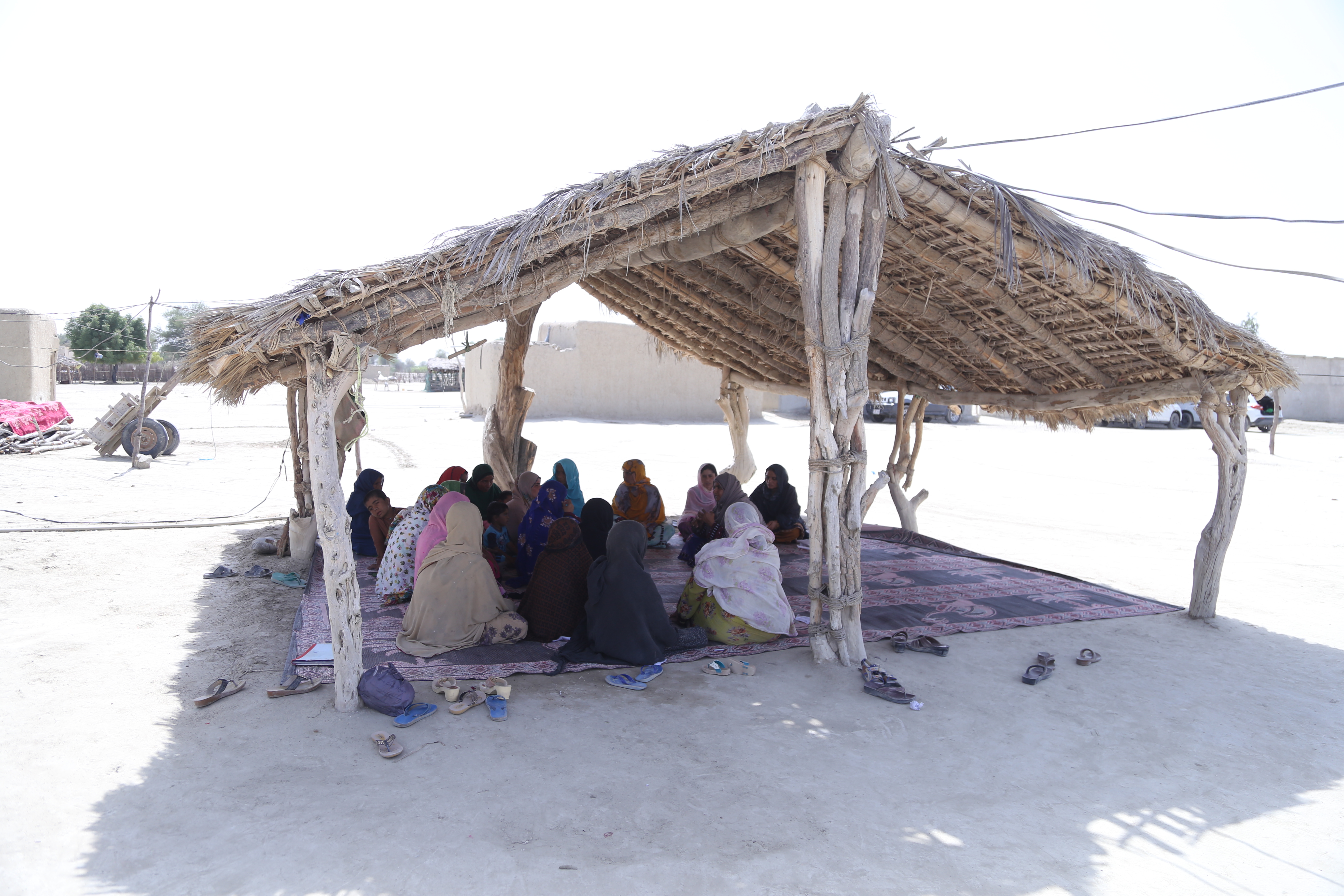Silvia Masiero examines how the introduction of UID/Aadhar will enable the substitution of India’s Public Distribution System with a market-regulated network, and what that means for food security.
The Indian Public Distribution System (PDS), the biggest and oldest food security scheme in the country, is based on a policy mechanism thanks to which primary necessity goods (primarily food grains) are sold at a subsidised price to households in need. A major policy shift that occurred in 1997 transformed the previous universal distribution system into a targeted one: with the exception of the state of Tamil Nadu, subsidies are now reserved for households classified as below the poverty line (BPL). Some states have maintained a minimum subsidy for above the poverty line (APL) households, without this compromising the new targeted nature of the system, which aims to guarantee food security specifically to the poor and destitute.
Over the last few decades, the PDS has found itself at the centre of diverse yet profound critiques. Even after targeting, the fiscal burden of the system is perceived as problematic. New concerns about exclusion have also arisen due to the inaccurate or wrong determination of the poverty status of households. The policy underlying the new system is based on the establishment of capped shares of BPL households: this means that large shares of needful households, though eligible for BPL status, are structurally cut out from it, and thereby prevented access to the food security system.
Technology is not, per se, a panacea for the issues affecting the developing world. But it can provide a remarkable fix if tailored to deal with the structural nodes of such problems. Issues reported by recipients of the Indian PDS – primarily concerning widespread exclusion of genuinely entitled beneficiaries – are coupled with the phenomenon of the ‘rice mafia’, with which my research deals specifically. The ‘mafia’ results from the systematic diversion, triggered by high price differences, of PDS food grains to the open market, which results in massive reductions in the amount of PDS commodities actually made available to the poor in ration shops.
Interventions carried out by the central government against this practice are based on the Unique Identification project, UID/Aadhar, which involves the identification of all Indian citizens through a 12-digit number and the registration of biometric details. From a technological point of view, a UID-enabled PDS will make it nearly impossible for ration dealers to divert PDS goods outside the system, because the system will require the unique identification of each beneficiary. With such a system in place, it would be extremely difficult to subtract PDS food grains from the subsidised system and sell them for a profit in the open market, undermining the key mechanism underpinning the rice mafia.
There are criticisms of this argument. Firstly, as noted by Ramakumar (2010), UID/Aadhar focuses on combating not exclusion, but inclusion; i.e. the use of bogus cards registered by ration dealers to mask illegal transactions by simulating genuine sales in the PDS. However, my fieldwork findings –confirmed by previous literature; e.g. Khera (2011) – indicate that a substantial share of diversion happens before PDS food grains reach ration shops. In this context, a technological fix that ascertains the identity of citizen buyers is not directly influenced by the functioning of local corruption networks. Providing a unique ID to citizens can thus minimise the phenomenon of bogus ration cards, but its impact on the key mechanisms of the rice mafia seems to be minimum.
Secondly, the integration of UID/Aadhar in the PDS may mean that the present system, in which each household is linked to one specific fair-price shop, will be substituted by a profoundly different one, as suggested by Ramakumar (2011). The replacement of status-based ration cards with Aadhar numbers will make the system ‘portable’ – i.e. accessible from each ration shop – and de-link households from their local ration dealers. This does, in principle, eliminate the need for ration dealers as an actor in the PDS. With a ‘portable’ system, ration dealers can be substituted by freely competing grocery stores holding licences to sell PDS goods.
As such, the reach of the UID goes beyond providing a reliable system of surveillance or simplifying bureaucracy by substituting numerous cards with a single number—the new system, as it is devised, will re-design the current PDS at its very basis, substituting the network of fair-price shops with the action of market incentives.
Having conducted fieldwork to study how technology mediates citizens’ perceptions of the state, I have found that the UID-enabled PDS will reconstruct much more than the state’s image. What is at stake is, in fact, is the very nature of Indian food security. The introduction of UID/Aadhar enables the substitution of the PDS with a market-regulated network, whose capability of combating the issues of PDS is yet to be assessed. But the destructive and reconstructive action of technology needs to be outlined and clarified for the consequences of UID-based computerisation to be fully understood, especially by the very beneficiaries of the programme.
About the Author
Silvia Masiero is a PhD candidate in LSE’s Information Systems and Innovation Group in the Department of Management.








